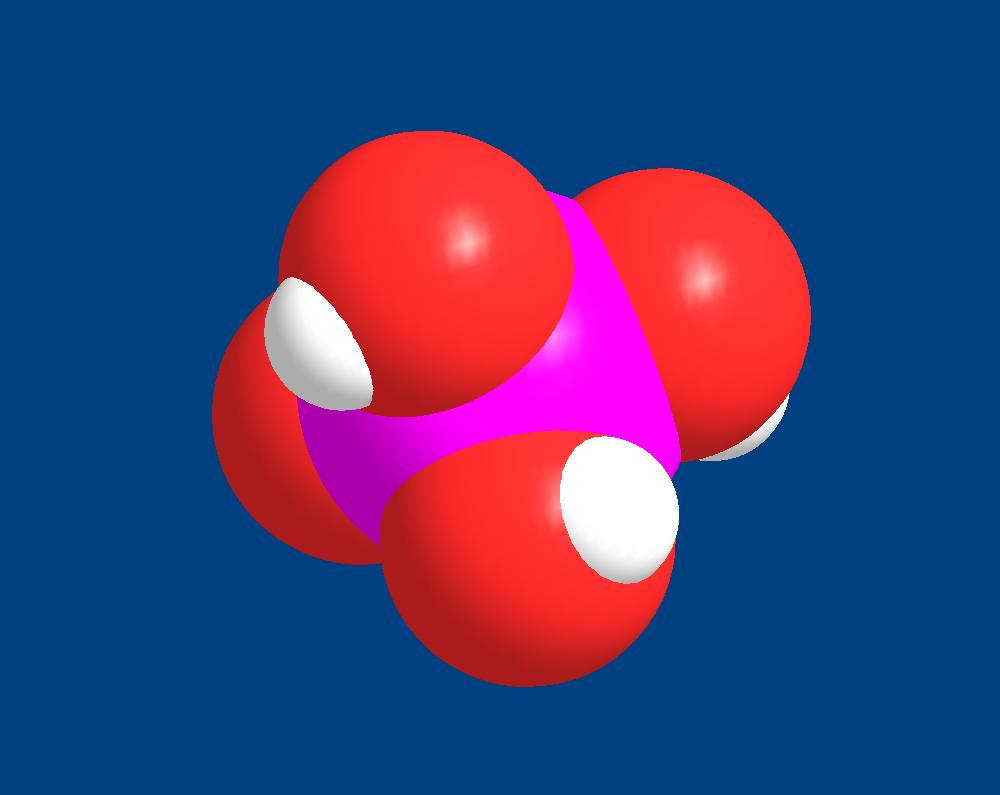- Joined
- Aug 21, 2019
- Messages
- 743
- Reaction score
- 348
There are lots of threads on phos leaching but I dont understand the chemical basics of why this happens and was hoping for an explation of why it happens and the most common reasons (under what conditions) phos goes into rock and the most common reason phos leaves or leaches rock.
Lastly, when I first buy rocks is it common for them to be high in phos and why, and whats the best method to reduce? Thanks
Lastly, when I first buy rocks is it common for them to be high in phos and why, and whats the best method to reduce? Thanks



















